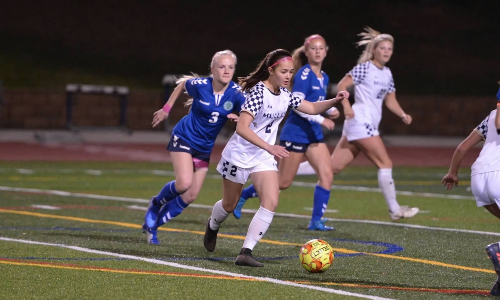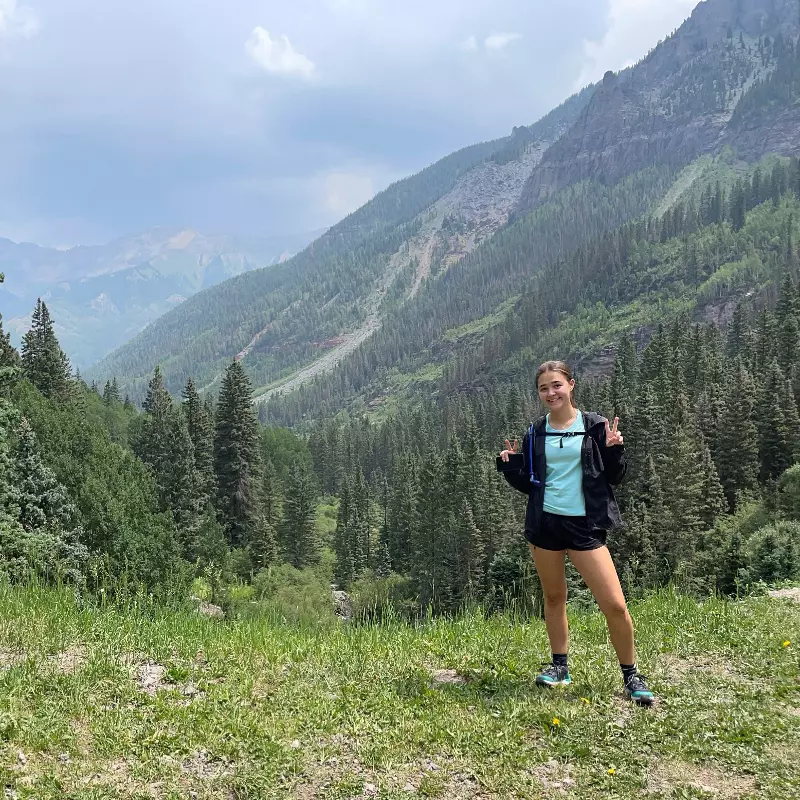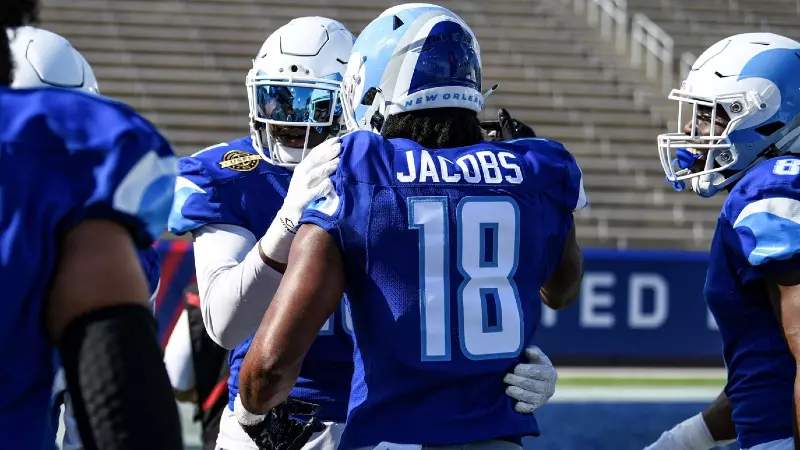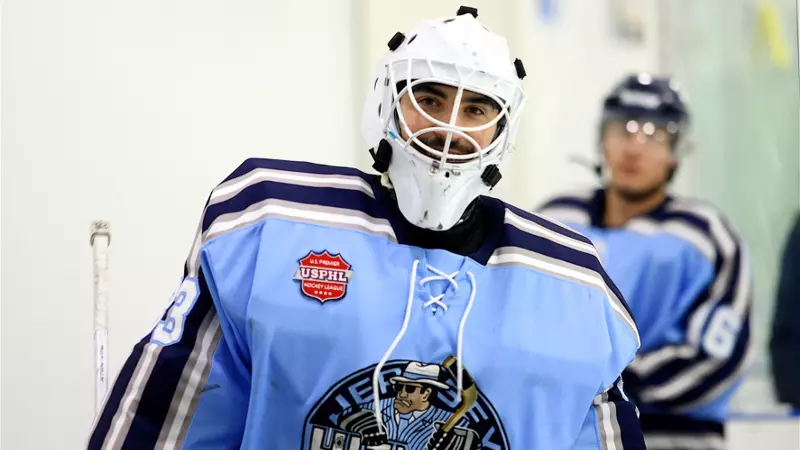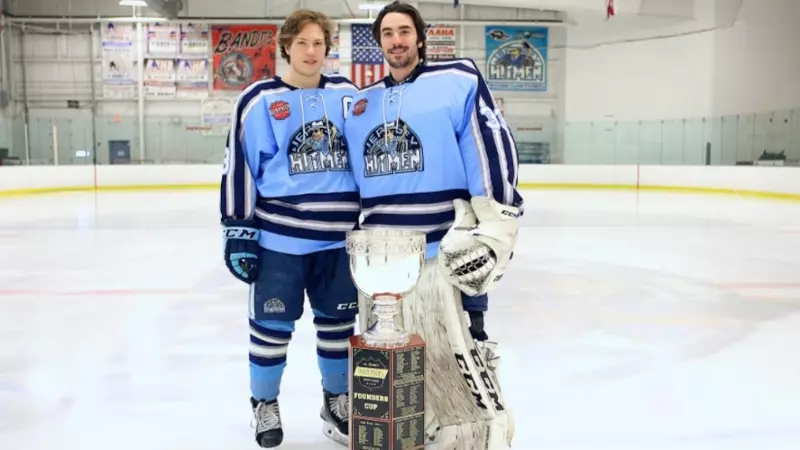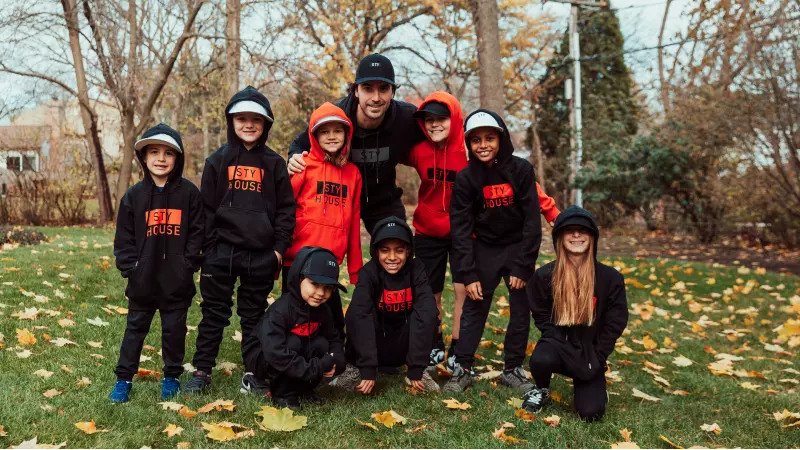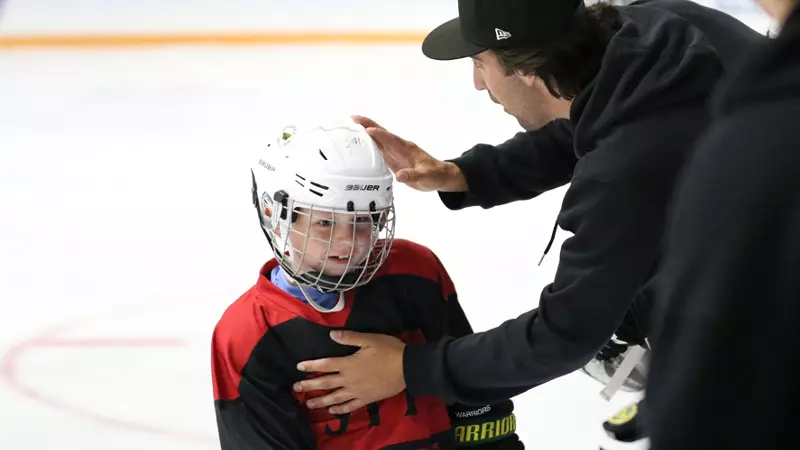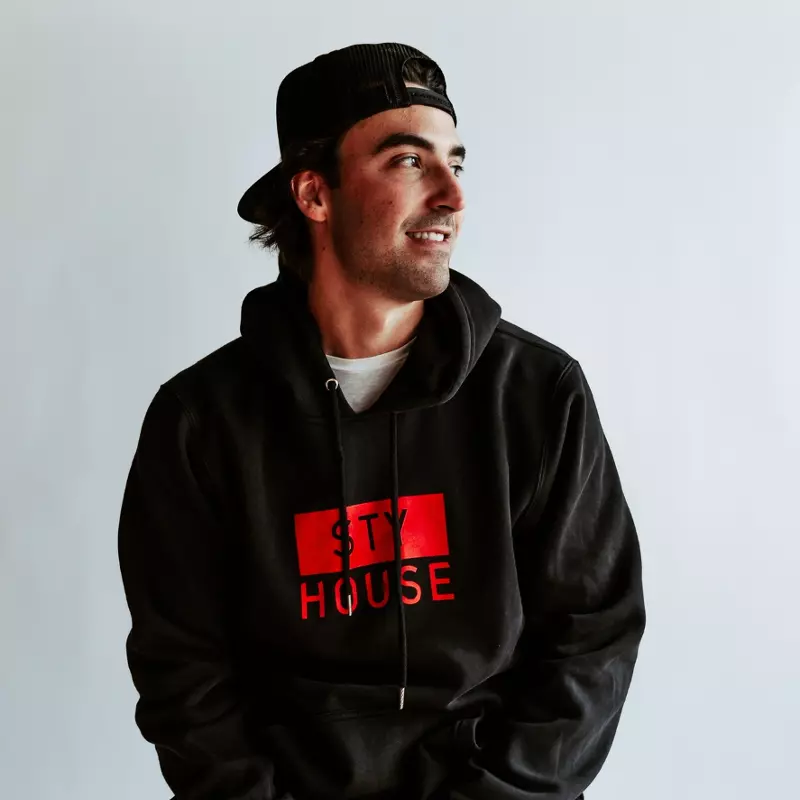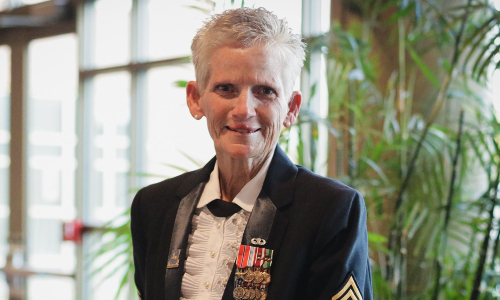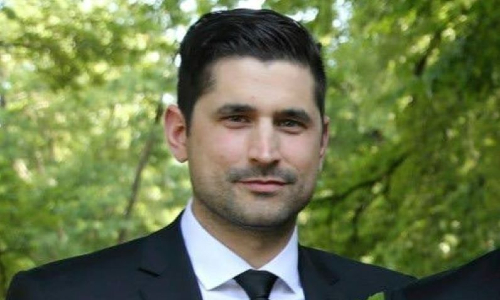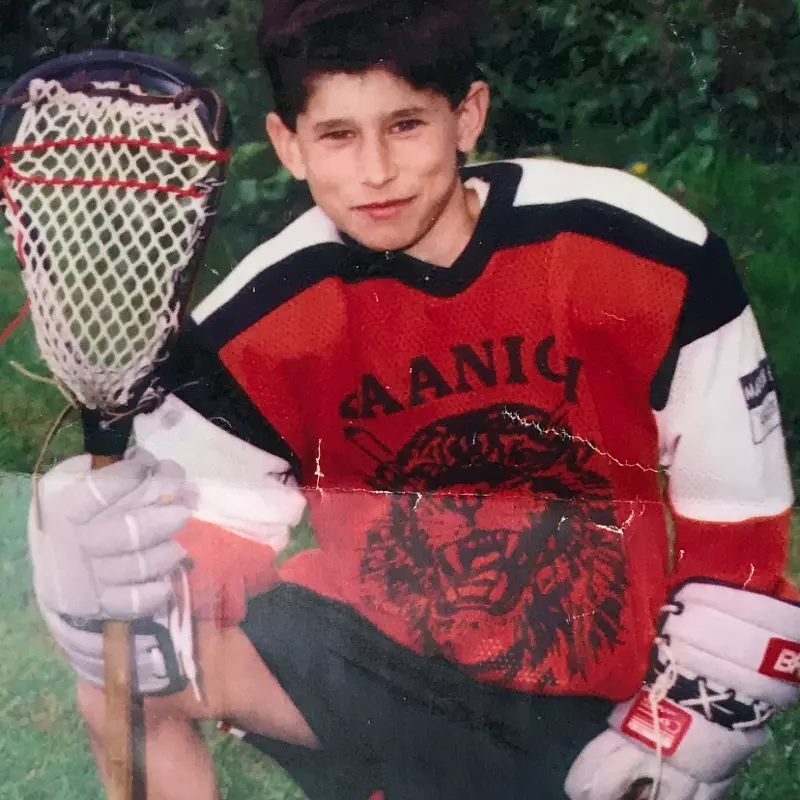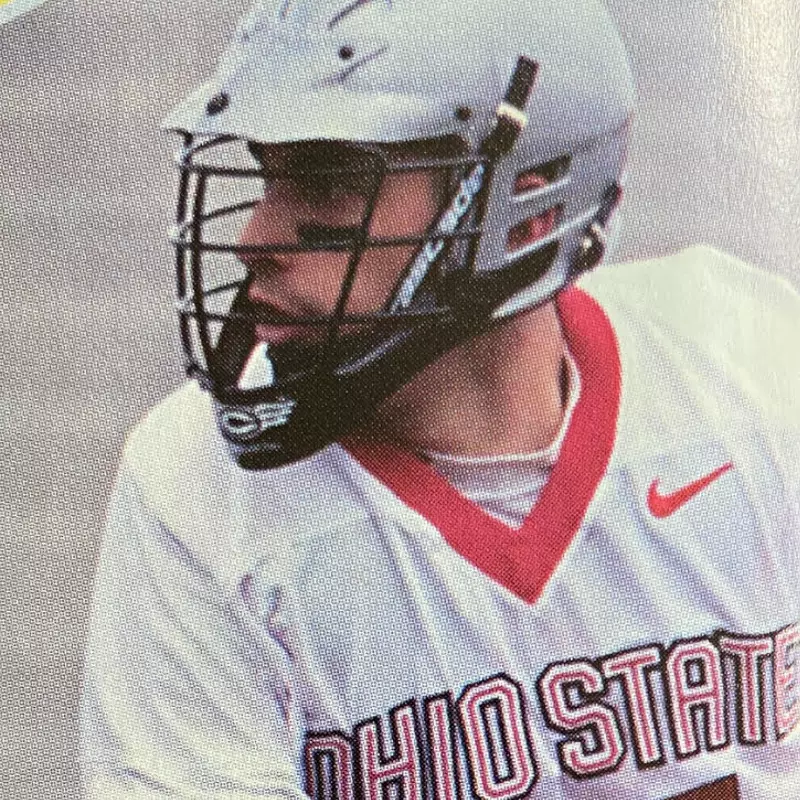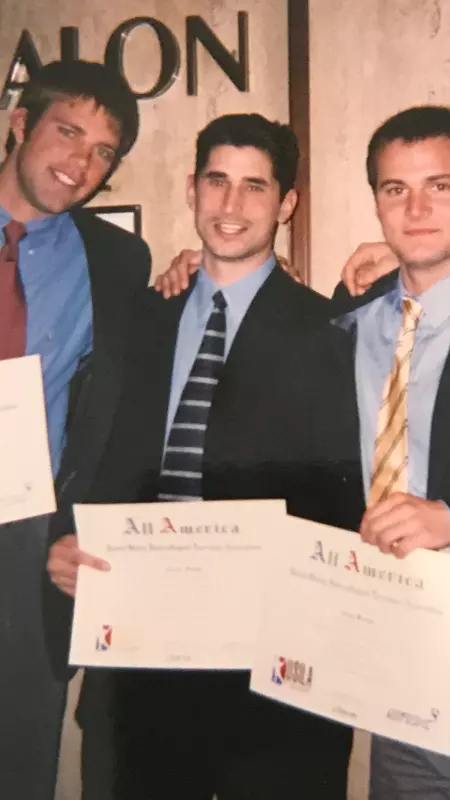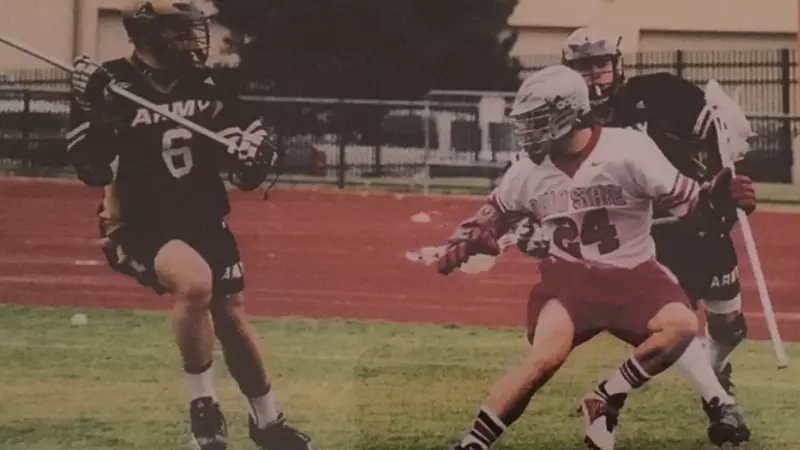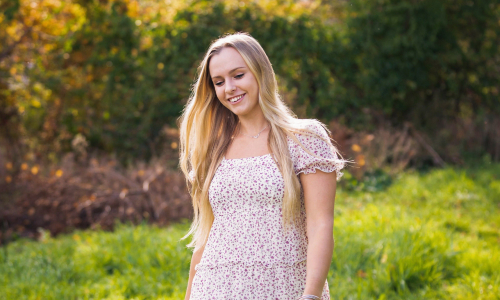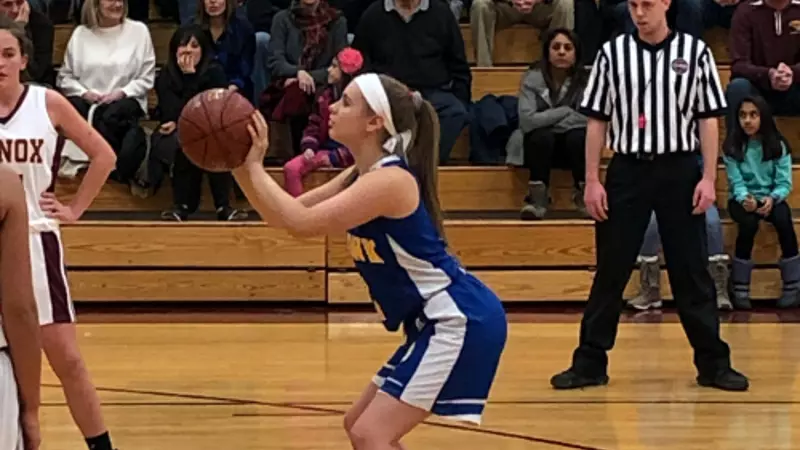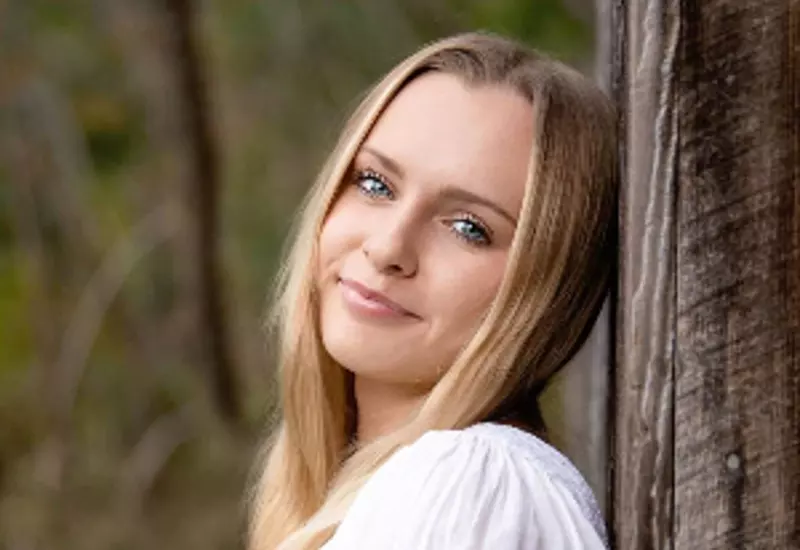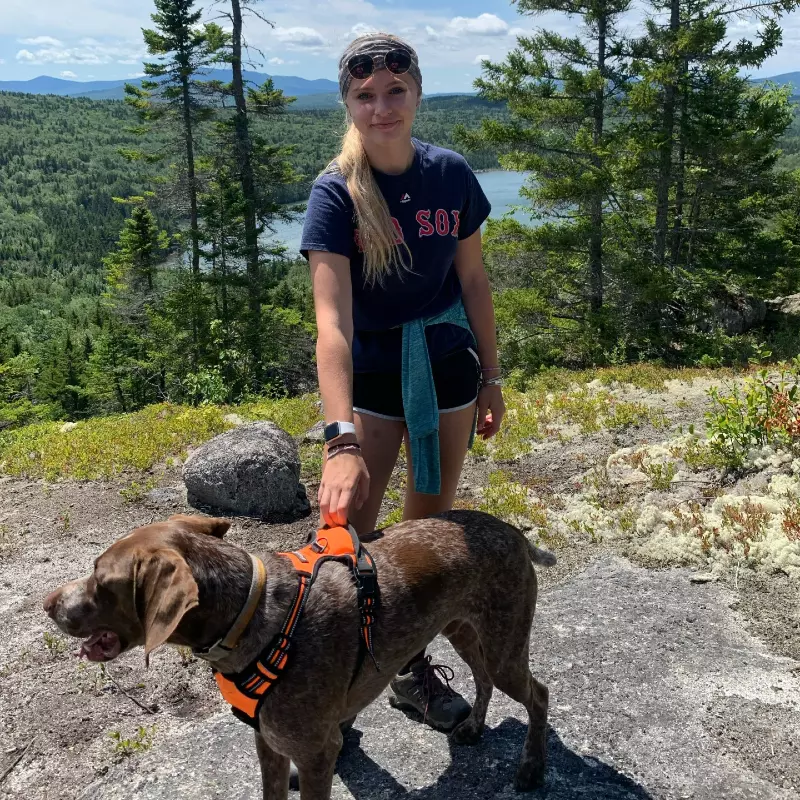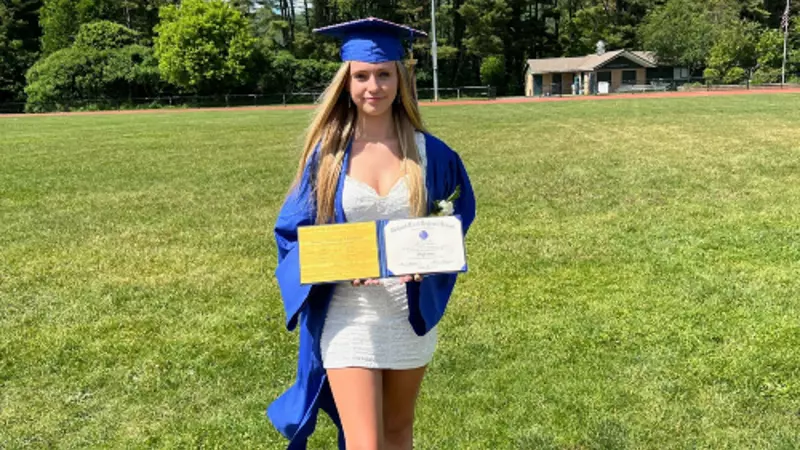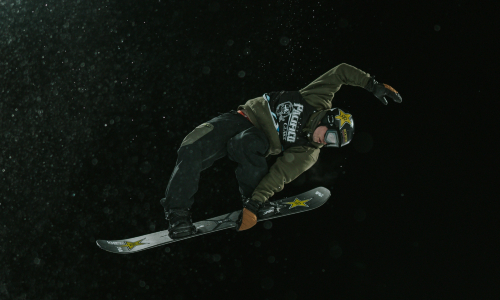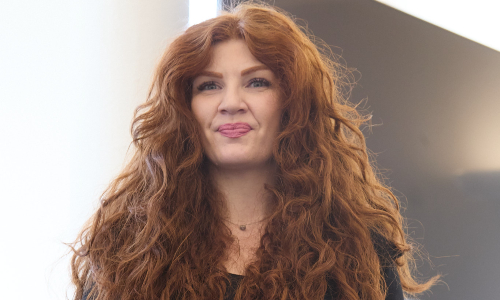
Siobhan Lacey-Chow seemed as if she had everything you could want in life. She had a close circle of friends and family, spent most of her free time traveling, and was peaking in her career as an Executive at a company she loved. When Siobhan was younger, she dabbled sometimes as a model and enjoyed the fashion industry. But she was yearning for more and decided to join the corporate world in the food sector. Siobhan was responsible for driving deals and was passionate about introducing people to delicious, healthy, and nutritious food.
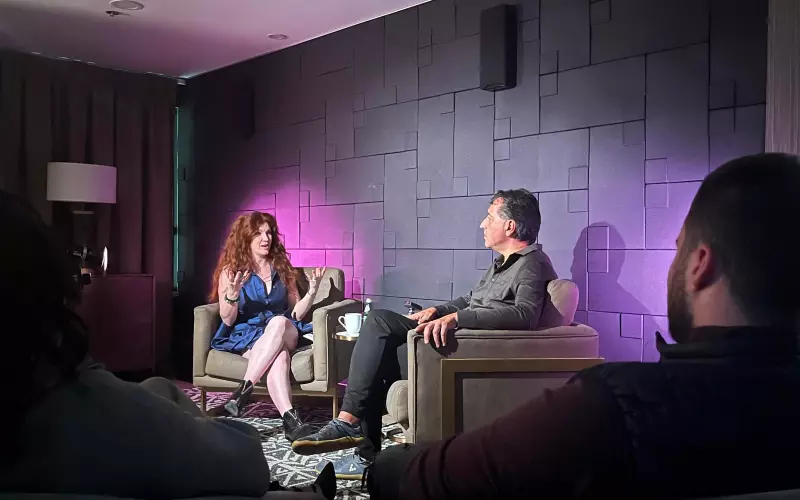
Siobhan Lacey-Chow & Peter Tharos (Actor, Producer & Film Director)
Event: IMpower-The Act of Learning to Love Yourself, September 2022
That all changed in May 2014. Siobhan had just returned home after successfully closing one of her organization’s first National deals. She finished her two favorite gym classes back-to-back in Uptown Toronto and was stopped in traffic on a beautiful sunny morning. The next thing she knew, she was rear-ended by a driver speeding in a van. Her car veered off the highway and her memory went blank. She doesn’t remember much about the immediate time afterward.
Doctors told Siobhan she had to go into isolation because her brain was swollen. The following days, weeks, and months were a roller coaster of emotions. She was angry and frustrated at the situation. The circumstances felt so random.
“Why me?” Siobhan recalled asking. “At the time, my career was everything. And now it was all taken from me.”
There were many moments of downward spiraling, since she had lost most of her motor abilities and had to relearn many of the normal, everyday actions we all take for granted. Walking. Speaking. Even just thinking was a challenge. And it didn’t help that the only place she could recuperate was at home with her ex-husband.
For the next six months, Siobhan decided she had to set goals for herself. She needed tangible results to see if she was making progress. She would test her memory and time how long it took for her to read a certain passage. Once the times became shorter, she knew her motor skills were improving. It was, and still is, a delicate balancing act. She has always been a go-getter, but could no longer push herself past her limits like she had done so often in the past.

Siobhan Lacey-Chow & Peter Tharos
Event: IMpower-Lighting Your Brain on Fire, November 2022
The experience undoubtedly was humbling to Siobhan. So many simple, daily activities she once could do without hesitation were difficult. It provided a different lens into the lives of those with disabilities. She was also forced to become comfortable with the uncomfortable.
“I had to learn self-love and compassion towards myself, and that’s not always an easy thing,” said Siobhan. “There were days I wanted to stay in bed all day. But I had to find it in myself to redirect my energy any way I could.”
Once her perspective shifted, Siobhan knew she had to rebuild her life. She craved her independence and wanted to get back to work instead of surrendering to despair. What helped the most was coming to the realization she was not alone in her journey. There are others just like her who are going through this struggle, others who have it just as difficult, if not more so. And again, she set goals for herself. Sometime after the accident, Siobhan bought heels with the hope she’d be able to wear them once she was better. And through hard work and dedication, she put them on while walking the carpet at an award show event months later.

Event: Canadian Women in Food – FULL TILT, March 2023
Siobhan acknowledges her recovery is a roller coaster and some days are easier to manage than others. Fortunately, she has trained herself to get through difficult moments. She will pause to reflect and understand it’s completely acceptable to feel this way.
While researching online for resources, Siobhan came across the Concussion Legacy Foundation website. The personal stories resonated so much with her she pledged to donate her brain to the Research Registry.
“It was so personal to me, and brain donation is the only way for researchers to see what will work in the future to help others,” said Siobhan.
These days, Siobhan is dedicated to lending her voice to the voiceless. She has become an Inspirational Speaker and Advocate for Mental Health and has made it her life’s purpose to share her experiences with others, proving anything is possible against all odds. One of the initiatives she is passionate about in Canada is changing the wheelchair sign symbolizing disabilities. There are people with vulnerabilities not necessarily visible to the eye, and she hopes to empower all of them through this hopeful change.

Siobhan Lacey-Chow & Cheryl Appleton (Founder, Canadian Women in Food)
Event: Canadian Women in Food – FULL TILT, March 2023
Photo Credit: Valentina Giorcelli: Food Photography
To that effect, Siobhan recently created her own IMpower movement on behalf of anyone facing life’s adversities. Her message delves into the fine art of building self-awareness, embracing the consistent dance with self-acceptance, and actively choosing the IMpowering route of self-advocacy, all while sharing tools and strategies that served her, in navigating and continuing to navigate, the journey of bringing her innermost, authentic desires to fruition.
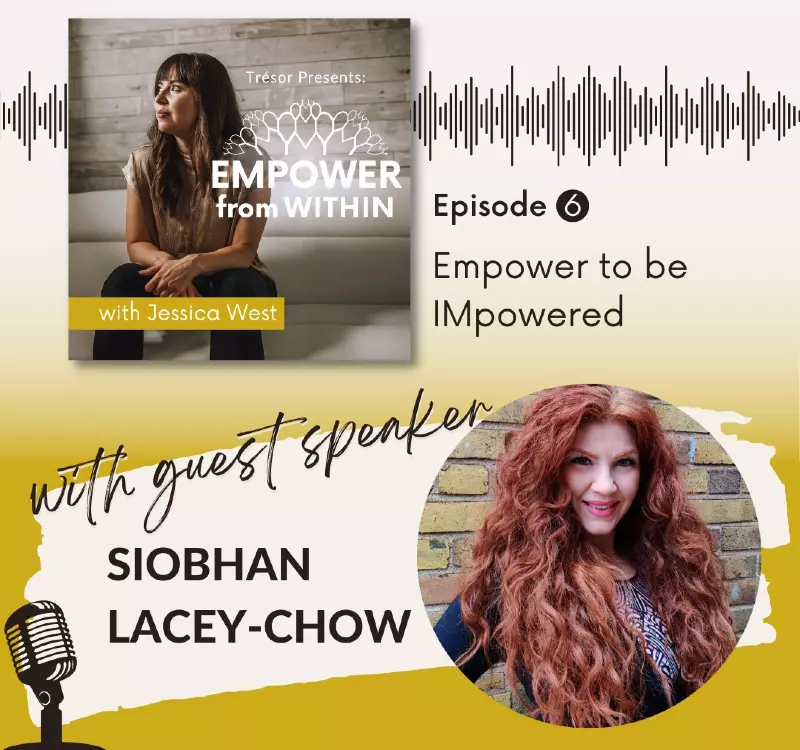
Siobhan Lacey-Chow & Jessica West (Founder of Tresor, Podcast Host & Author, The Empower from Within Podcast)
Podcast: The Empower from Within Podcast, January 2023
“You don’t necessarily need a catastrophic injury for my messaging to resonate,” says Siobhan. “The best part is, these tools are applicable to anyone. We have the power to choose and create the life we desire, to author the chapters of our lives, all while IMpowering ourselves to do so, should we choose, or not – the choice is ours!”
Through it all, Siobhan wants everyone to remember her life’s simple motto:
“When there’s a will, there’s truly always a way.”
To follow Siobhan’s IMpower initiatives, visit www.siobhanlaceychow.com.
To connect with Siobhan, she can be reached at [email protected].
